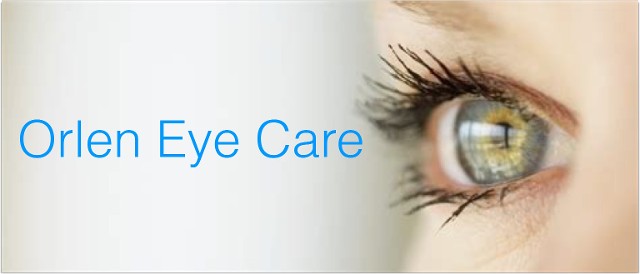|
|
|
|
|
|
Hours We Are Open
Holyoke Office
Mon-Sat 10-7pm
Sun 11-6pm
Enfield Office
Mon-Sat 9-6pm
Sun 11-5pm
|
|
|
|
|
|
|
|
- Dry eyes. This happens when tear glands cannot make enough tears or produce poor quality tears. Dry eyes can be uncomfortable, causing itching, burning, or rarely some loss of vision. Your eye doctor may suggest using a humidifier in your home, special eye drops that simulate real tears, or plugs that are placed in tear ducts to decrease tear drainage.
- Floaters. These are tiny spots or specks that float across the field of vision. Most people notice them in well-lit rooms or outdoors on a bright day. Floaters often are normal, but can sometimes indicate a more serious eye problem, such as retinal detachment, especially if they are accompanied by light flashes. If you notice a sudden change in the type or number of spots or flashes you see, visit your eye doctor as soon as possible.
- Tearing. Having too many tears can come from being sensitive to light, wind, or temperature changes. Protecting your eyes by shielding them or wearing sunglasses can sometimes solve the problem. Tearing may also mean that you have a more serious problem, such as an eye infection or a blocked tear duct. Your eye doctor can treat or correct both of these conditions.
- Cataracts. Cataracts are cloudy areas that develop within the eye lens. Since the lens in a healthy eye is clear like a camera lens, light has no problem passing through the lens to the back of the eye to the retina where images are processed. When a cataract is present, the light cannot get through the lens as easily and, as a result, vision can be impaired. Cataracts often form slowly, causing no pain, redness, or tearing in the eye. Some stay small and do not alter eyesight. If they become large or thick, cataracts can usually be removed by surgery.
- Glaucoma. This condition occurs when there is a typical and progressive deterioration of the optic nerve. Glaucoma is often associated with an increased pressure of the eye. The eye is like a tire that generally has a normal and safe pressure. When this pressure is increased, it can be associated with damage to the optic nerve; this is called primary open angle glaucoma.
- Retinal disorders. The retina is a thin lining on the back of the eye made up of cells that collect visual images and pass them on to the brain. Retinal disorders interrupt this transfer of images. They include age-related macular degeneration, diabetic retinopathy, and retinal detachment. Early diagnosis and treatment of these conditions is important to maintain vision.
- Conjunctivitis. This is a condition in which the tissue that lines the eyelids and covers the cornea becomes inflamed. It is sometimes called "pink eye" or "red eye." It can cause redness, itching, burning, tearing, discharge, or a feeling of something in the eye. Conjunctivitis occurs in people of all ages and can be caused by infection, exposure to chemicals and irritants, or allergies.
|
|
|
